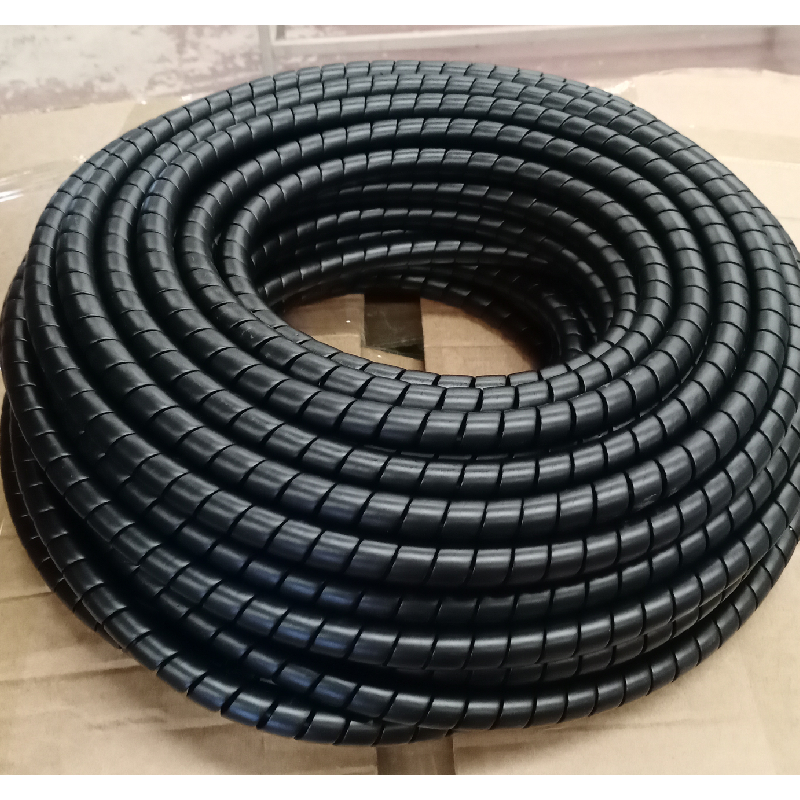Honda CR-V Power Steering Hose Leak Troubleshooting and Solutions Guide
Understanding Power Steering Hose Leaks in Honda CR-Vs
The Honda CR-V is a popular compact SUV known for its reliability and practicality. However, like any vehicle, it can encounter issues over time, one of the common problems being power steering hose leaks. These leaks can lead to steering difficulties and potentially cause severe damage to the steering system if not addressed promptly. Understanding the causes, symptoms, and solutions for power steering hose leaks is essential for every Honda CR-V owner.
Causes of Power Steering Hose Leaks
Power steering hoses are integral components of the steering system, delivering hydraulic fluid from the pump to the steering gear. Over time, these hoses can develop leaks due to several factors. One of the primary causes is wear and tear; exposure to heat, moisture, and road debris can degrade the rubber or synthetic materials used in the hoses. Additionally, improper installation or a manufacturing defect can lead to premature failure. Also, frequent pressure changes in the steering system can stress the hoses, contributing to leaks.
Symptoms of a Power Steering Hose Leak
Identifying a power steering hose leak early can prevent more significant issues down the line. Common symptoms include a noticeable loss of power steering fluid, which often becomes evident through a drop in the fluid reservoir level. Drivers may also experience difficulty in steering, particularly when turning the wheel, as the system struggles to provide adequate hydraulic pressure. Another telltale sign is the presence of fluid on the ground beneath the vehicle; the power steering fluid is typically reddish in color, making it relatively easy to spot.
honda crv power steering hose leak

Addressing Power Steering Hose Leaks
If you suspect a leak, it’s crucial to act quickly. The first step is to inspect the power steering hoses visually for signs of wear, cracks, or fluid accumulation. If the leak is minor, using a power steering leak repair additive can sometimes provide a temporary fix. However, this is not a substitute for proper repair; it’s best to address the issue directly.
For more significant leaks or when the hose is badly worn or damaged, replacement is the safest option. Honda CR-V owners should consult a qualified mechanic to assess and replace the damaged hose. Regular maintenance checks can also prevent leaks and extend the lifespan of the power steering system.
Conclusion
Power steering hose leaks in Honda CR-Vs can lead to serious steering issues if ignored. By understanding the causes and symptoms, owners can take proactive measures to maintain their vehicles. Regular inspections, timely repairs, and fluid checks can ensure that your Honda CR-V remains safe and reliable on the road, allowing you to navigate confidently wherever your journey takes you.
-
Ultimate Spiral Protection for Hoses & CablesNewsJun.26,2025
-
The Ultimate Quick-Connect Solutions for Every NeedNewsJun.26,2025
-
SAE J1401 Brake Hose: Reliable Choice for Safe BrakingNewsJun.26,2025
-
Reliable J2064 A/C Hoses for Real-World Cooling NeedsNewsJun.26,2025
-
Heavy-Duty Sewer Jetting Hoses Built to LastNewsJun.26,2025
-
Fix Power Steering Tube Leaks Fast – Durable & Affordable SolutionNewsJun.26,2025

